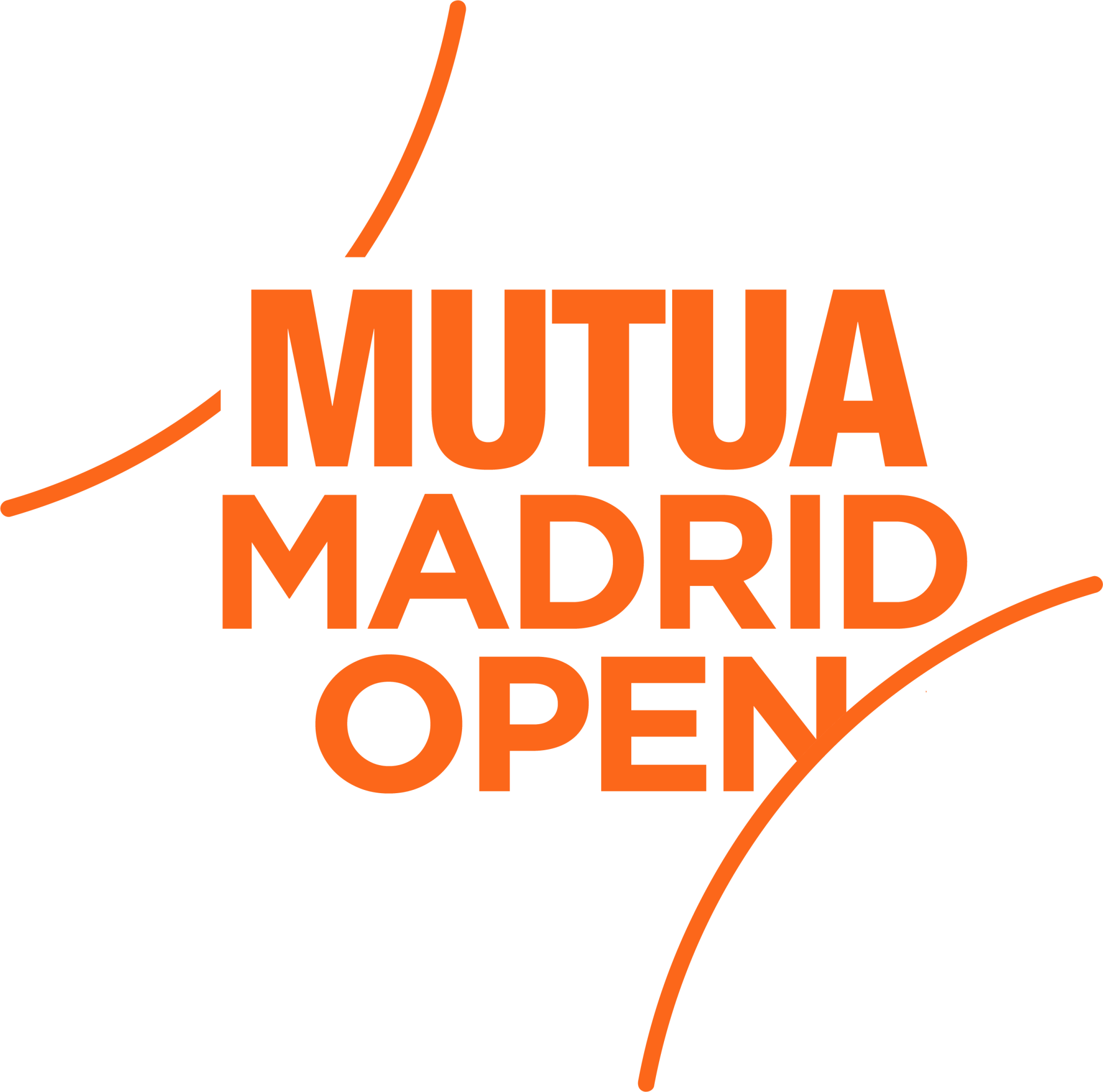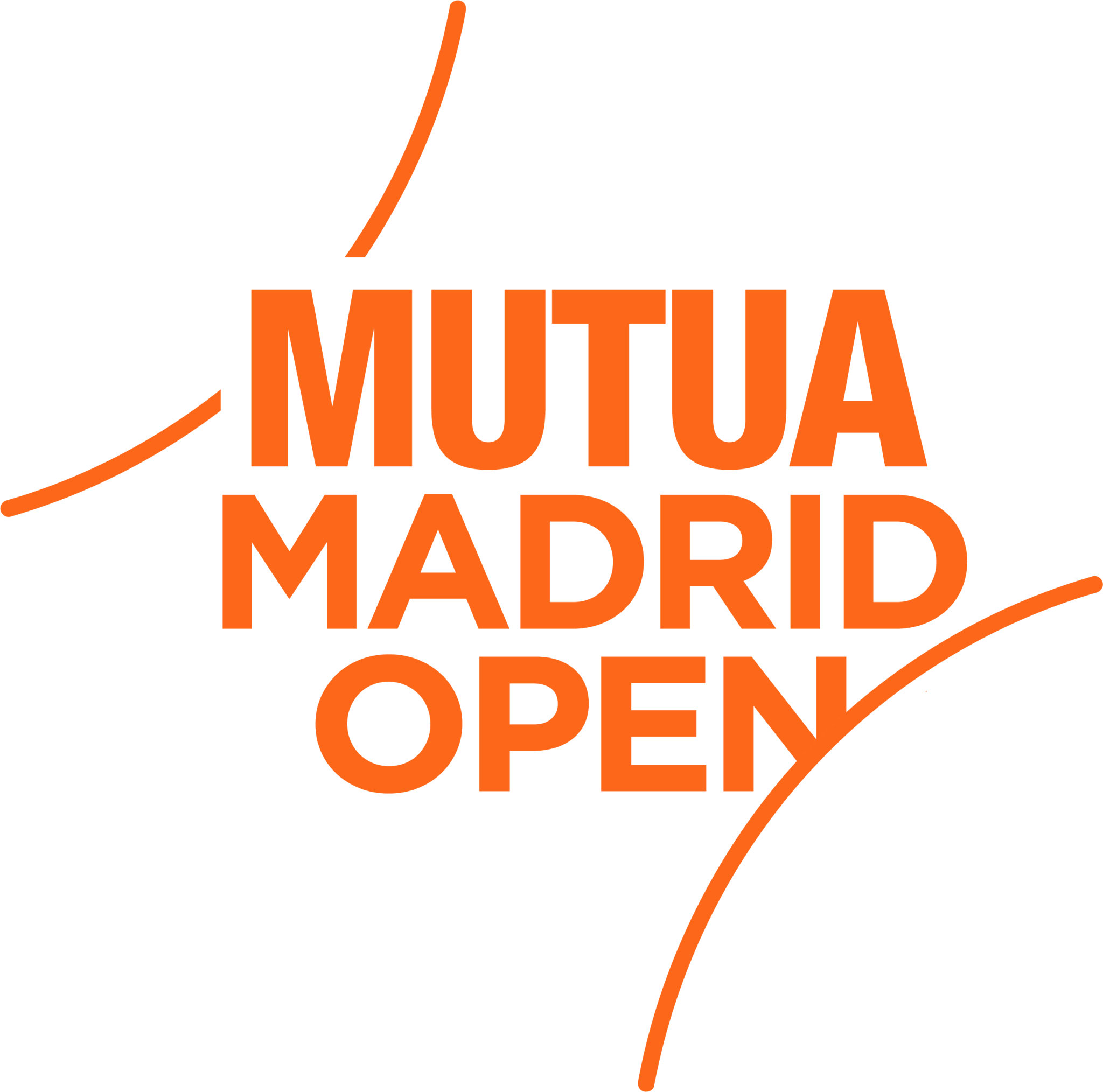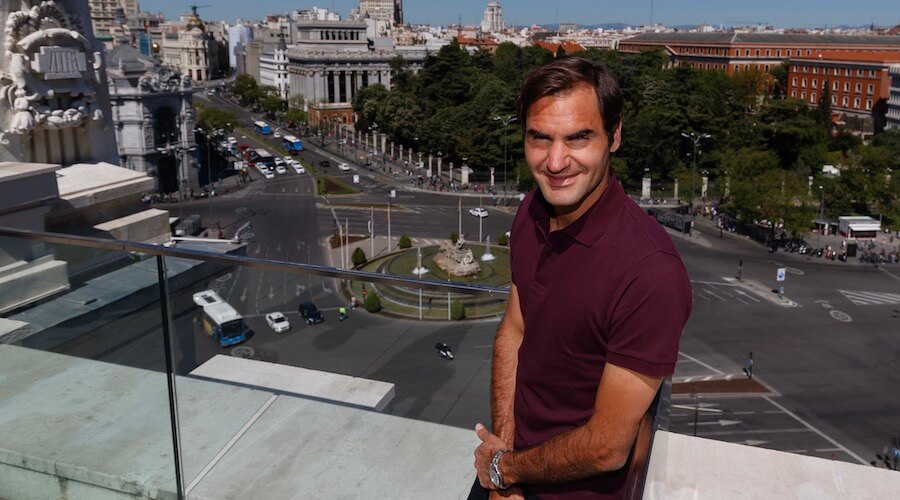In the eyes of us fans, tennis is, almost always, a battle between the same two people; ‘our’ player and the opponent. Fortunately, despite all the natural changes the game has gone through in over the last fifty years, what was once called the ‘white sport’ because of the kit worn by male and female players alike, has never lost its essence: elegance, the main manifestation of which is respect and courtesy. ‘Our’ tennis player is indeed ours. But the ‘other’ player is never completely considered a foe; in tennis it is understood that the protagonist needs an antagonist, and the greater they are, the better ‘our’ player will become.
Perhaps, in the future, Nadal, Federer and Djokovic will be seen as three sides to one personality. The Big 3 who have dominated men’s tennis in the opening decades of the twenty-first century in unprecedented fashion are, in reality, one single character, a sole actor in the world of tennis, and therefore this Big 3 will continue to be active as long as one of them is still prowling the courts.
It was a little over six months ago that the first of its members, who was also the first to take to the courts, hung up his racket. Roger Federer called it a day at last year’s Laver Cup, as we know. On that day, the Mutua Madrid Open had to accept that one of the most-loved and respected players to have graced the Madrid Arena and the Caja Mágica, despite being the arch-rival of Spain’s biggest star, would not be back. During his career, Federer and Nadal were embroiled in a constant tussle. After it, they will both be remembered alongside one another.
The early days
Roger Federer was among the first 48 players to compete at the first Tennis Masters Series in the Madrid Arena. He was not yet the star he would grow into, but he was among the biggest names. The Swiss was just a young man who had recently broken into the Top 10 and had yet to become a Grand Slam champion. He had just become known to the casual tennis fan for having beaten Carlos Moyà in the semi-finals in Vienna.
Roger showed signs of what was to come the first time he took to the court in Madrid, beating a Marcelo Ríos who had been world number 1 not so long before (6-4, 6-2). He continued to skirt around the fringes of superstardom until the following season, when he became the Great Antagonist, a role he would always play in both the Caja Mágica and the Madrid Arena.
That year, 2003, now with a Wimbledon title under his belt, he defeated Corretja in his opener, Fish in the second round, and Feliciano in the quarters, but in the semi-finals Juan Carlos Ferrero lived up to the expectations of his world number one status to win 6-4, 4-6, 6-4. “A player whose every shot is a perfect reflection of the best tennis instruction manuals, but who administers them with decided irregularity”, MARCA would write.
Reign in Madrid
In the following seasons, he would all but eradicate that defect. Roger Federer stayed away from Madrid for two years, and when he returned, he did so determined to begin a reign that would prove relentless, even at the hands of an emerging Novak Djokovic, the young Nadal, a Nalbandian who was clinging onto their coattails, anyone else who would dare try their luck, or a change of surface, dates and venue. Every year he arrived at the Mutua Madrid Open with more Grand Slams to his name than the previous season. In 2004, he played and lost to Rafael Nadal in Miami. The following year, he beat him in five intense sets and started a historic head to head that entailed an underlying mutual admiration, so much so that the players would even applaud one another mid-match.
In 2006, Roger returned to Madrid and won, without dropping a single set and serving up bagels in the semi-finals (6-4, 6-0 over Nalbandian) and the final (7-5, 6-1, 6-0 against ‘Stone Hand’ Fernando González). A year later, Nalbandian managed to hold him off in the title decider, having already done likewise to Nadal and Djokovic (a rare feat) and in 2008, the final year in the Madrid Arena, he would send another world number 1, Murray, packing in the semi-finals.
No change on clay
In 2009, the ‘Mutua’ moved from autumn to spring, from indoor to outdoor, and from hard court to clay. The tournament’s grand finale was Madrid’s first clash between Nadal and Federer. Some would say it was a strange final, slightly flat, with one player – Roger – dominating the tempo and that it paled in comparison to their clash at Wimbledon a year before, which was one of the best matches of all time, if not the best.
However, the fact is that in the previous evening session, Nadal had played for over four hours (in three sets) against Djokovic. Roger won 6-4, 6-4, proving his conviction that Nadal was not invincible (it was the seventh time he had beaten him, but he had lost to him 13 times), and he admitted that he preferred the Caja Mágica to Roland Garros and that he now had renewed hope of a win there.
That hope was not misplaced; he would go on to win the French Open that same year, although he did not face Nadal. They would not play again until Madrid 2010, when Nadal took the spoils, just as he did in 2011. Roger would claim his third title in the Spanish capital in 2012, the year of the blue clay, when Will Smith presented him with a Men In Black suit after the match, before a public he had now adopted as his own.
Goodbye to a legend
Between 2006 and 2012, Roger Federer claimed three titles and reached two finals and two semi-finals, winning 29 matches out of 33. He would come back three more times. At the 2019 Mutua Madrid Open, a Roger who was bidding to prolong his career – that year he won four titles – would return to Madrid and Manolo Santana was back to welcome him, calling him “the artist we all want to watch”. He defeated Monfils and Gasquet. Just as his unjust goodbye to Wimbledon came in the form of a defeat (unjust only because we were losing one of the greats), Roger’s final hurrah in Madrid came in the form of a loss at the hands of Dominic Thiem 6-3, 6-7(11), 6-4. It was the 1201st match of his career.
This year, practically for the first time, the Mutua Madrid Open will not be able to wonder if Federer will finally return to Madrid. However, in some way, he will be with us all in the Manolo Santana Stadium, because this will always be the court of the Big Three used to play on.




